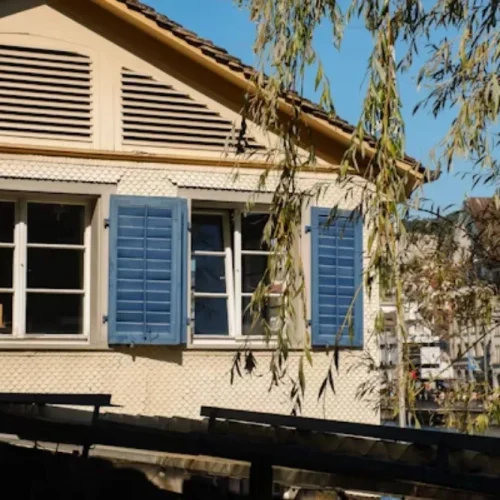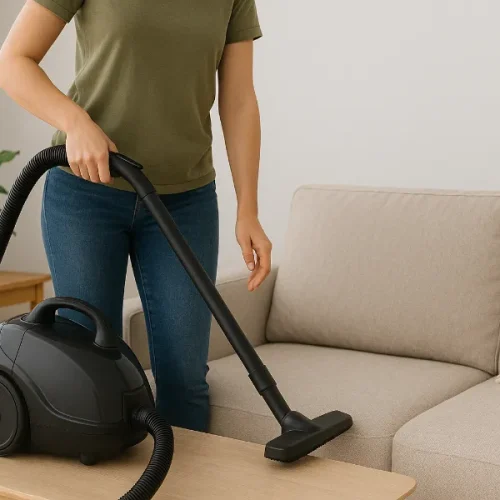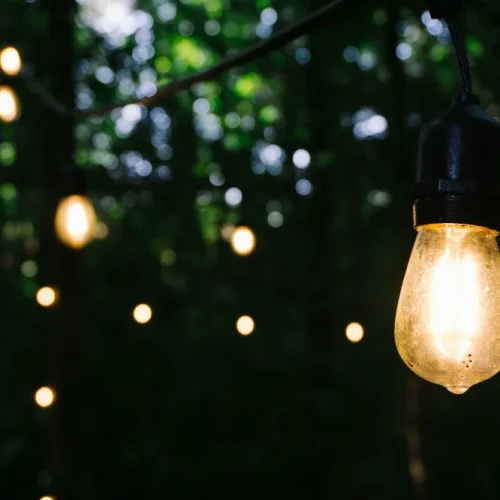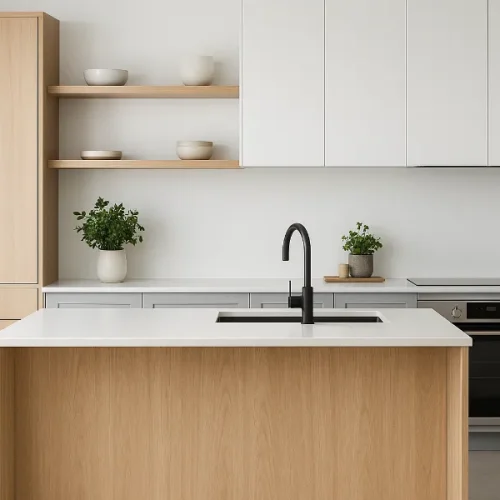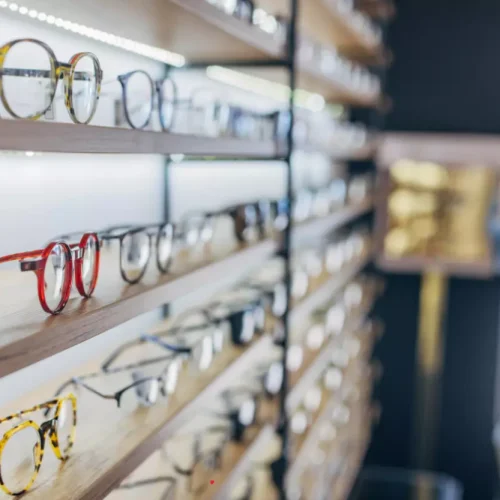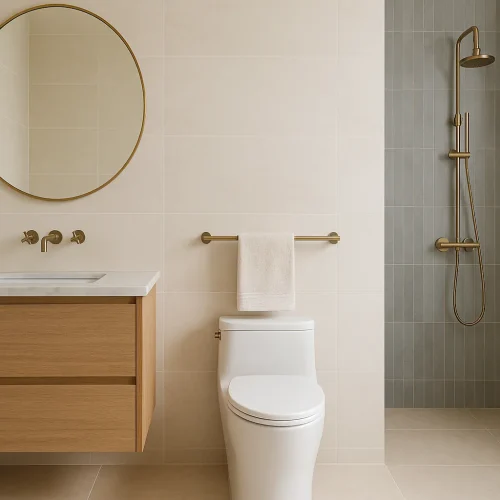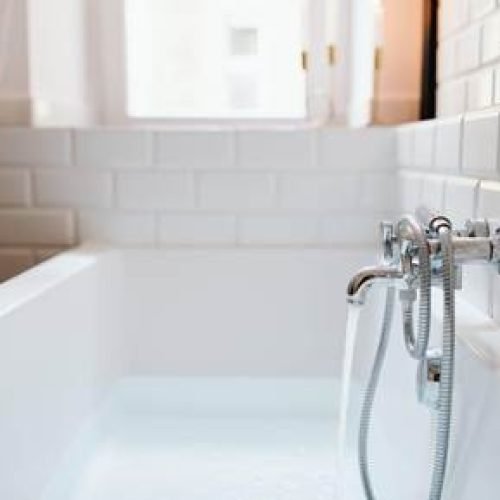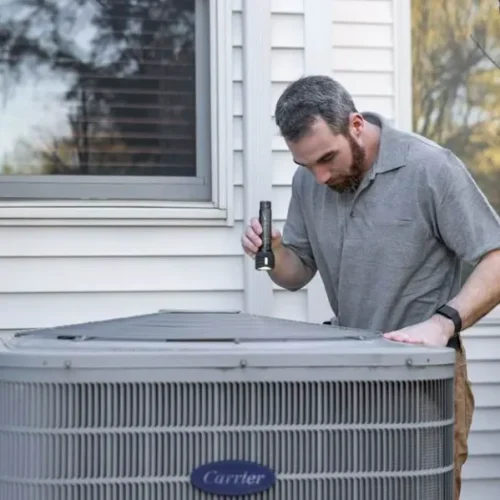
Moving a piano is a delicate and challenging process. These instruments are heavy, fragile, and often hold significant sentimental and financial value. Whether you have a grand piano or an upright, proper planning, protection, and professional assistance can make all the difference. Here are 5 must-know tips to keep your piano safe during a home move.
1. Hire Professional Help When Needed
Why Professional Movers Matter
Pianos are not only large and heavy but also intricate instruments with delicate internal components. Attempting to move a piano without proper equipment or expertise can result in damage to the instrument, your home, or even personal injury. Professional piano movers are trained to handle these challenges with care and precision.
Piano Movers NYC: Expertise You Can Trust
For those living in New York City, hiring piano movers NYC is especially beneficial. These experts are familiar with urban apartments, narrow stairwells, and tight corridors. They use specialized tools such as piano dollies, straps, and padding to ensure a smooth and safe move.
Peace of Mind and Safety
Hiring professional movers not only safeguards your piano but also reduces the stress and physical strain of moving. Knowing your instrument is in experienced hands allows you to focus on settling into your new home.
2. Measure Your Space Before the Move
Doorways, Hallways, and Staircases
Before moving your piano, measure all potential pathways, including doors, hallways, staircases, and elevators. This helps avoid situations where the piano might get stuck or scratched during the move.
Planning for Your New Space
It’s important to ensure your new space can comfortably accommodate the piano without overcrowding other furniture. Consider the room layout and where the piano will serve as a centerpiece.
Avoiding Obstacles and Challenges
Identify potential obstacles such as tight corners, low ceilings, or narrow staircases. Planning a clear route ahead of time prevents last-minute surprises and ensures the piano arrives safely. Professionals like piano movers in NYC are skilled at navigating these tricky scenarios.
3. Protect the Piano Physically
Padding and Wrapping Techniques
To protect your piano from scratches, dents, and other damage, wrap it in moving blankets or bubble wrap. Pay special attention to corners, legs, and pedals, which are most susceptible to harm.
Securing Loose Parts
Detach any removable parts, including music racks, pedals, or lyres, and pack them separately. Label them for easy reassembly once the piano is placed in its new home.
Climate and Environmental Considerations
Pianos are sensitive to temperature and humidity. Avoid moving during extreme weather, and ensure the piano is not exposed to direct sunlight, heaters, or damp conditions during transport.
4. Plan for Safe Transportation
Proper Piano Positioning During Transport
The position of a piano during transit is critical. Upright pianos should generally remain standing, while grand pianos are often transported on their side with the lid securely closed. Incorrect positioning can damage internal mechanisms.
Using Moving Equipment Effectively
Professional movers use dollies, ramps, and padded straps to move the piano safely. Avoid dragging or tilting the instrument yourself, as this can scratch floors and damage the piano.
Vehicle Preparation and Safety
Ensure the moving truck has a flat, stable surface and enough space for the piano. Professionals like piano movers NYC use vehicles designed for heavy instruments, securing them to prevent movement during transit.
5. Tune and Settle After the Move
Scheduling a Professional Tuning
Even if your piano is physically unharmed, moving can affect tuning due to changes in humidity, temperature, and physical stress. Schedule a professional tuning session to restore optimal sound quality.
Optimal Placement for Sound and Safety
Place the piano away from direct sunlight, heaters, and air vents to prevent warping or damage. Ideal placement enhances acoustics and ensures the instrument remains a functional and beautiful centerpiece.
Checking Stability and Playability
Confirm that all legs, pedals, and removable parts are securely reattached. Make sure the piano sits level to prevent wobbling, which can stress internal components over time.
Bonus Tips for Small Homes
Making the Most of Corners and Walls
In smaller homes or apartments, placing your piano against a wall or in a corner can maximize floor space while keeping it visible and accessible.
Minimal Surrounding Furniture
Avoid overcrowding the piano area with too much furniture. Keeping the space open highlights the piano as a centerpiece and allows easy access for playing.
Using Vertical Space for Décor
Consider shelves, wall-mounted art, or lighting to complement the piano area without taking up additional floor space. This helps maintain a balanced, elegant look while keeping the room functional.
Conclusion
Moving a piano requires careful planning, protection, and sometimes professional help. By following these 5 must-know tips, you can keep your instrument safe, maintain its tuning, and ensure it becomes a beautiful centerpiece in your new home.
Hiring expert piano movers in NYC is particularly beneficial in urban environments with tight spaces, stairs, and limited parking. With the right precautions, your piano can continue to inspire music, creativity, and joy in your home for years to come.

